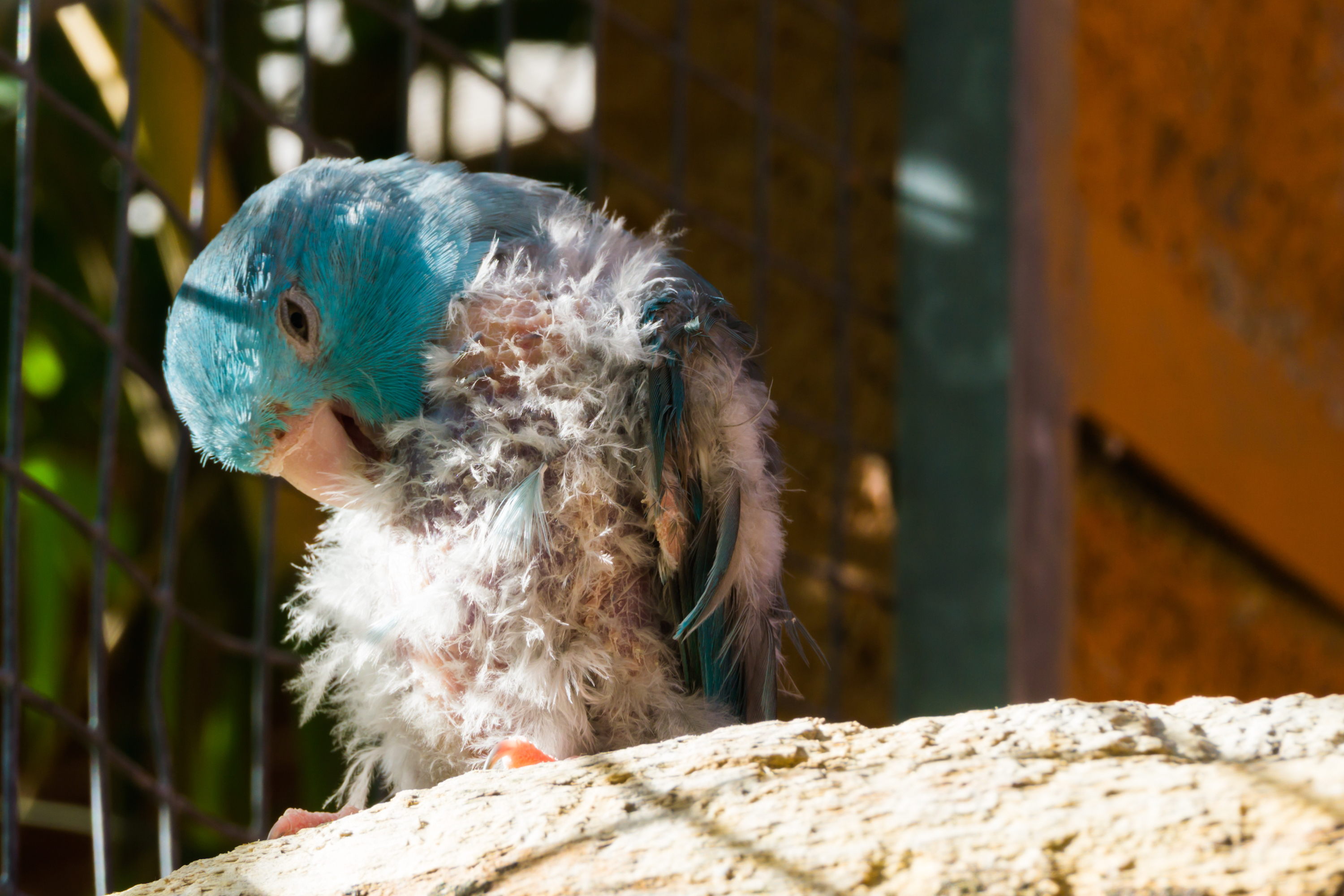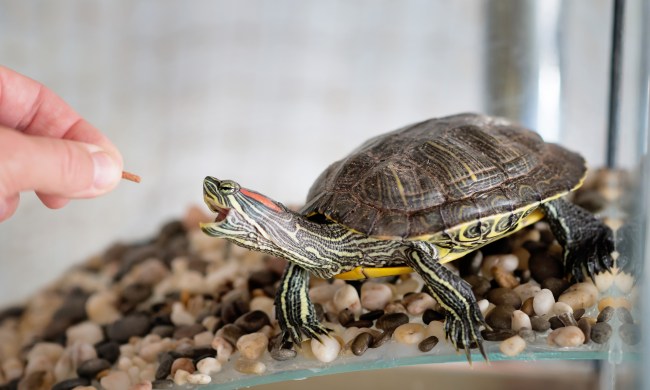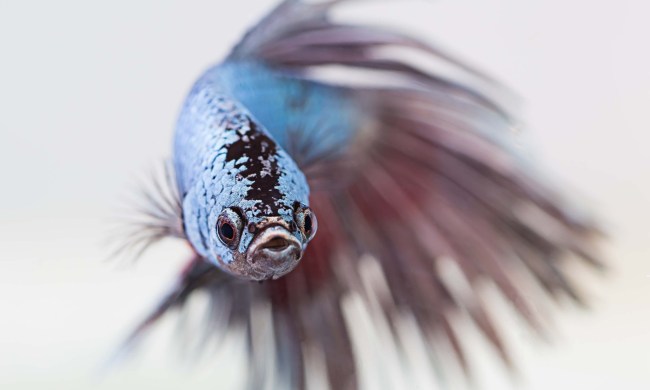You may have heard of dust mites that feed on our dead skin, but there are pests that do something similar to our pet birds. No one wants to find mites on their little avian, and, unfortunately, this creepy-crawly can appear seemingly from nowhere. You’ll usually find them if your bird has had contact with other species or spent some time outside recently. Additionally, mites can indicate that he’s not getting enough nutrients or has another underlying condition, so check in with his vet if you discover a bug problem. Here’s how to get rid of bird mites on pet birds.

Confirm it’s bird mites
Mites can occur in a few places on your pet, including in the feathers, on his skin, and internally. As an arachnid, they have more in common with a tick or spider than an insect, making them all the more creepy. But sometimes pet owners see bird mites when actually they’re looking at just dead skin or another problem. You should check in with your vet to confirm that it’s a mite infestation bothering your animal. Once you know what you’re dealing with, you can better tackle the problem.
Prevent them from entering
If you have an indoor-only bird with little contact with the outside world, you most likely won’t get bird mites frequently. However, you can still reduce his risk even more or apply these tips when you know your bird will be leaving the nest — to go to the vet, for example. Sometimes you might get bugs entering the home from a wild animal if a bird builds a nest nearby. Keep chimneys, gutters, vents, and rooftops bird-free to help make your house a no-mite zone.
Deter them from your bird
Luckily, these critters hate a household material you probably already have lying around: vinegar. This can work as both a deterrent and to ease the itch on your pet’s skin. Best of all, your bird won’t be bothered one bit by the vinegar, though you can combine it with peppermint or water it down to help ease the sting and stench. Don’t dilute it too much, though; it’s that pungent smell the bugs don’t like. Watered-down alcohol or even orange and lemon peels or mint leaves also can help.

Clean thoroughly
Unfortunately, just like lice, bedbugs, or ants, the pests on your bird can spread to your home. You’ll need to clean, vacuum, and safely treat your pet’s enclosure and the surrounding areas. Additionally, ensure you tackle other rooms that might have been exposed if he was flying around the place, or if you think the pests came in through another source, such as a wild nest. Never use a bug bomb with a bird in the house and keep any bug-killing spray far away from his cage.
Treat his skin
Of course, you need to be extra careful with his sensitive skin, and you should avoid the face entirely. If he does have mites in his eyes, nose, or beak, get his vet to take care of those for you. Better to be doubly cautious not to get something in his eyes or risk him swallowing too much of a chemical. However, you can use natural remedies like essential oils on the rest of him to keep away pests and make his skin feel better. Start in a small area on his back (not the wings) with diluted oil and let it sit for at least 30 minutes. You want to make sure he doesn’t have a bad reaction or allergies first before covering him in your chosen scent. Check the treated area carefully and then continue with his therapy. You can make removing mites feel like a spa day.
While a mite infestation may seem like the end of the world, you can tackle it with household items you already have at your fingertips. These simple cleaners might not look like much, but they’re both safe and effective. You can also take easy preventative measures like quarantining any new birds, cleaning his cage frequently, and keeping wild birds far from the house. Your pet will definitely prefer to stay itch-free.



